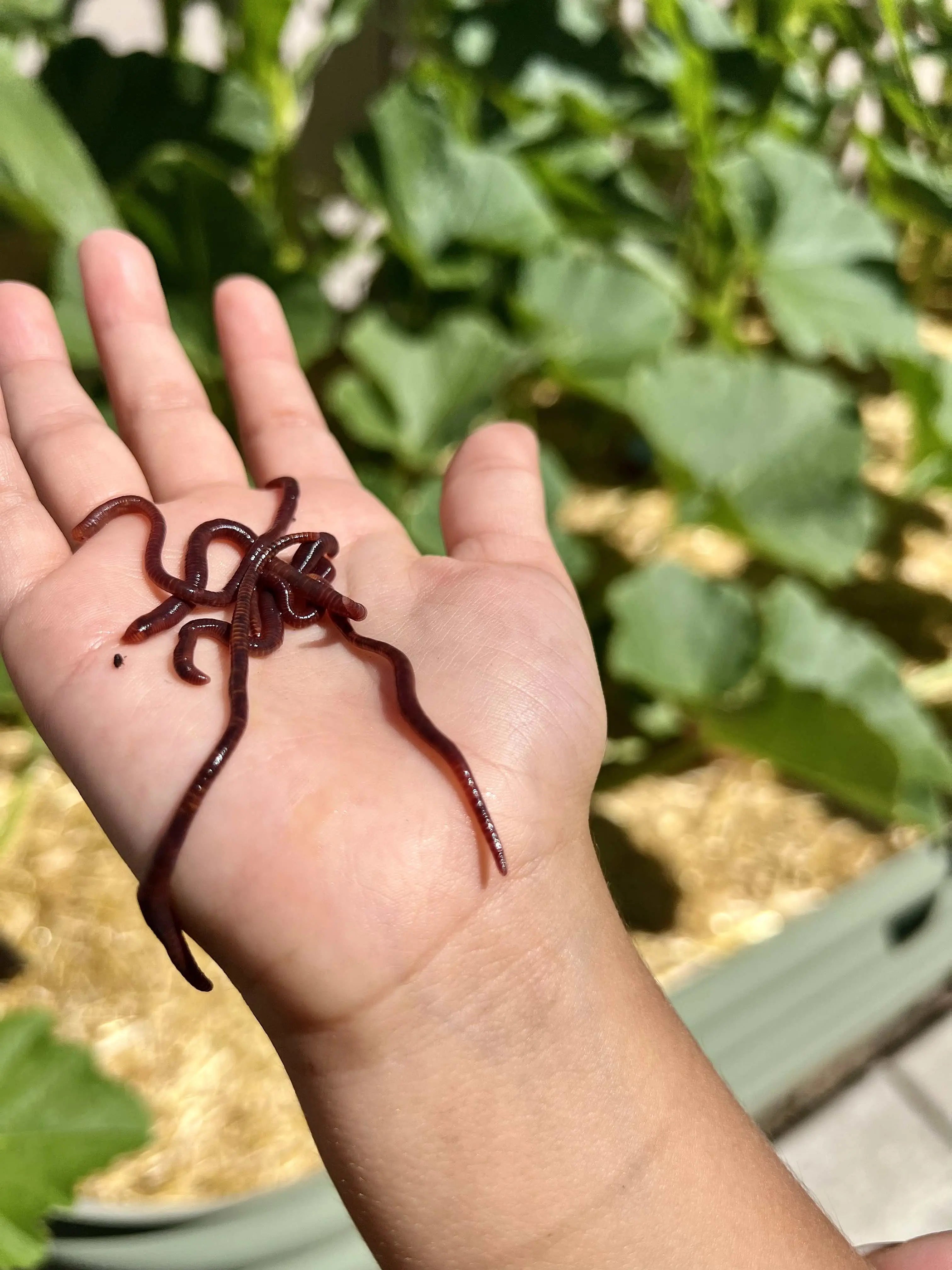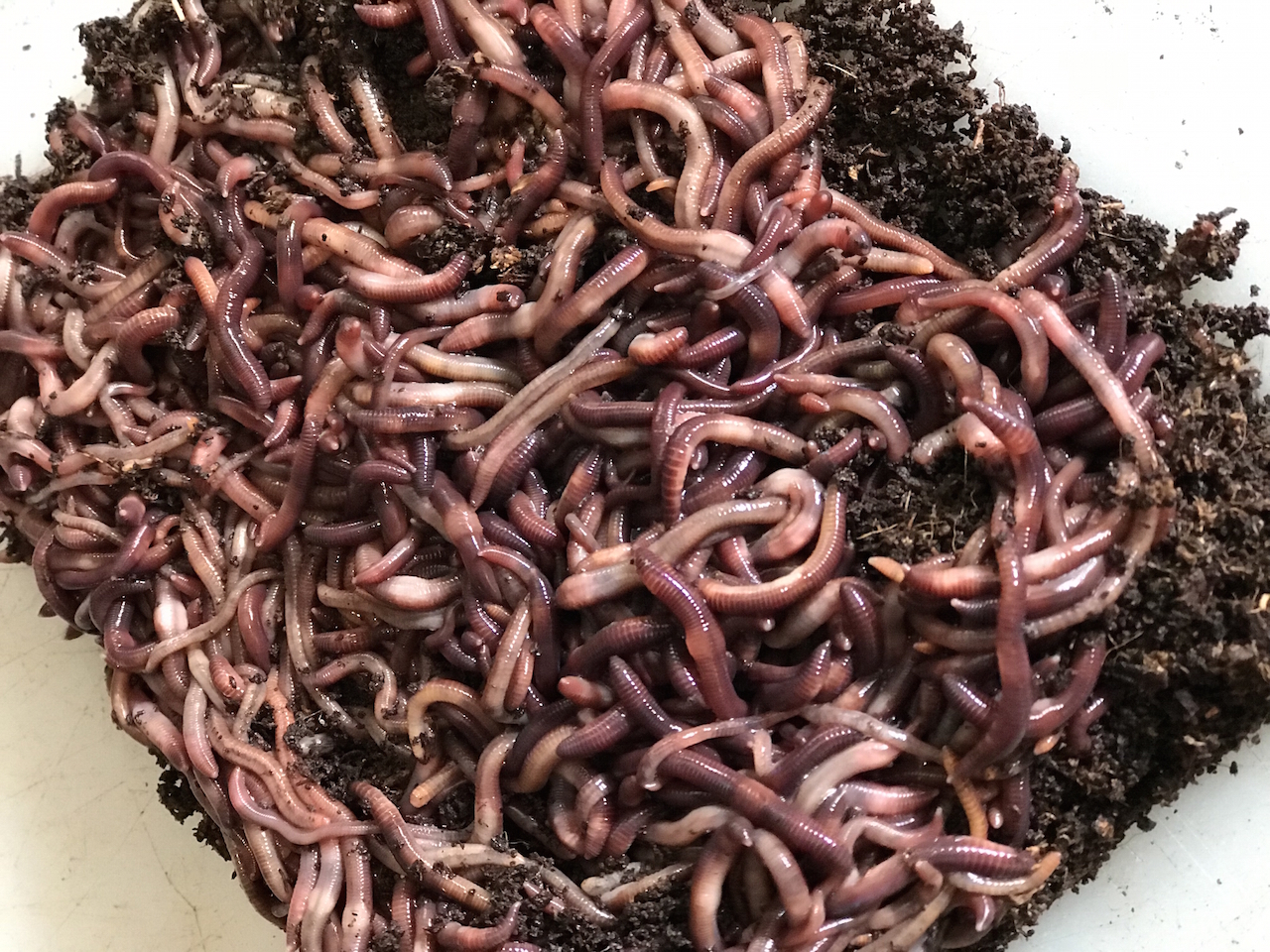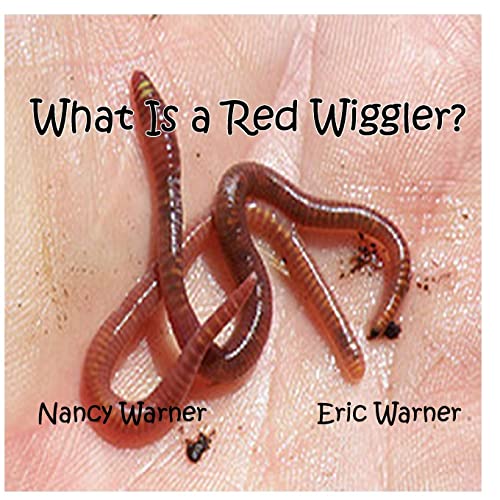Red Wiggler Express: Providing Anglers with Top-Notch Worms
Red Wiggler Express: Providing Anglers with Top-Notch Worms
Blog Article
Red Wigglers: The Unsung Heroes of Organic Waste Recycling
Red wigglers, or Eisenia fetida, act as important agents in the natural waste reusing procedure, transforming discarded products right into valuable vermicompost. Their efficient malfunction of organic matter not just improves soil quality yet also contributes to sustainable waste administration techniques. As the world significantly looks for solutions to combat waste buildup and enhance agricultural performance, comprehending the function of these worms ends up being important. What systems permit them to flourish in compost settings, and just how can they be effectively made use of in both household and business setups? Exploring these questions reveals the more comprehensive implications of vermicomposting in our ecological landscape.
What Are Red Wigglers?
The remarkable strength of red wigglers, clinically called Eisenia fetida, highlights their essential role in natural waste recycling. These tiny, reddish-brown earthworms are usually discovered in decaying natural matter, such as compost stacks and manure heaps. Lake Hickory Bait. Unlike other earthworm varieties, red wigglers thrive in nutrient-rich environments and are very reliable at breaking down organic materials, making them essential for vermicomposting

(Red Wiggler Express)In addition to their function in waste decrease, red wigglers add to soil health by boosting dirt framework and oygenation via their delving activities (Lake Hickory Bait). Their existence in composting systems not only improves decomposition rates yet likewise advertises a sustainable technique to throw away management, highlighting their importance in eco-friendly conservation initiatives
Advantages of Composting With Worms
Composting with worms, particularly red wigglers, supplies countless advantages that enhance both waste management and dirt health. Initially, these worms efficiently damage down organic waste, transforming it right into nutrient-rich vermicompost that enhances dirt. This procedure speeds up disintegration, enabling a much faster recycling of kitchen scraps and other natural materials compared to conventional composting methods.
Additionally, the vermicompost generated by red wigglers is including beneficial microorganisms, which aid boost soil framework, oygenation, and moisture retention. This boosts the general health and wellness of plants, promoting energetic development and enhanced yields in gardens and agricultural setups. The usage of worms in composting lessens the production of greenhouse gases, such as methane, contributing to a much more sustainable waste management system.

How to Beginning Vermicomposting
Developing a vermicomposting system is an uncomplicated procedure that can generate substantial benefits for both waste administration and dirt enrichment. To begin, select an ideal container, such as a plastic bin or wooden box, with appropriate air flow holes to make certain correct air movement. The dimensions should ideally be about 2 feet by 3 feet, enabling adequate area for the worms to prosper.
Next, prepare bedding material, which can include shredded paper, cardboard, or coconut coir. This bed linens must be dampened to create a suitable habitat for the worms. Once the bed linen remains in location, present red wigglers (Eisenia fetida) right into the container, generally around one extra pound of worms for each square foot of area.
Following the positioning of worms, include organic waste, such as vegetables and fruit scraps, coffee premises, and smashed eggshells. Prevent adding dairy products, meat, or oils, as these can create odors and bring in parasites. Ultimately, place the bin in a shaded, temperature-controlled location to maintain optimum problems for worm task. With these actions, you will successfully launch a vermicomposting system that adds to sustainable waste management and improves your soil.
Keeping a Healthy Worm Container
(Lake Rhodhiss Bait)Maintaining a worm bin flourishing needs normal attention and care to guarantee the wellness of the red wigglers and the effectiveness of the composting process. Proper upkeep starts with monitoring the wetness levels; the container should be moist but not saturated. A good guideline is to keep an uniformity comparable to a wrung-out sponge.
Gently blending the bedding and food scraps every few weeks stops compaction and guarantees that all worms have accessibility to oxygen. In addition, it is important to feed the worms appropriately.
Temperature law is one more important facet. Red wigglers thrive in a series of 55 to 77 degrees Fahrenheit. If the bin ends up being as well warm or chilly, the worms may become worried - Lake Hickory Bait. Periodically examine for indicators of wellness, such as worm population development and the existence of healthy and balanced castings. By carefully handling these variables, one can keep a robust and effective worm container.
Effect On Sustainable Living
The effective upkeep of a worm container not only profits the health of red wigglers yet also adds dramatically to lasting living techniques. By reusing organic waste, such as kitchen scraps and backyard debris, red wigglers help divert significant quantities of material from land fills. This reduction in waste not just decreases greenhouse gas emissions but additionally decreases the environmental problem related to waste administration.
Furthermore, the castings generated by red wigglers work as a nutrient-rich organic fertilizer, boosting soil health and advertising plant growth. This all-natural option to chemical plant foods sustains lasting farming and horticulture practices, decreasing reliance on synthetic inputs that can damage environments. In addition, worm composting promotes recognition of waste management, encouraging people and areas to adopt more sustainable routines.

Final Thought
In summary, red wigglers offer as essential contributors to natural waste reusing through their efficient decomposition of natural materials. By incorporating vermicomposting right into waste monitoring strategies, individuals and neighborhoods can dramatically decrease waste while promoting ecological sustainability.
Report this page